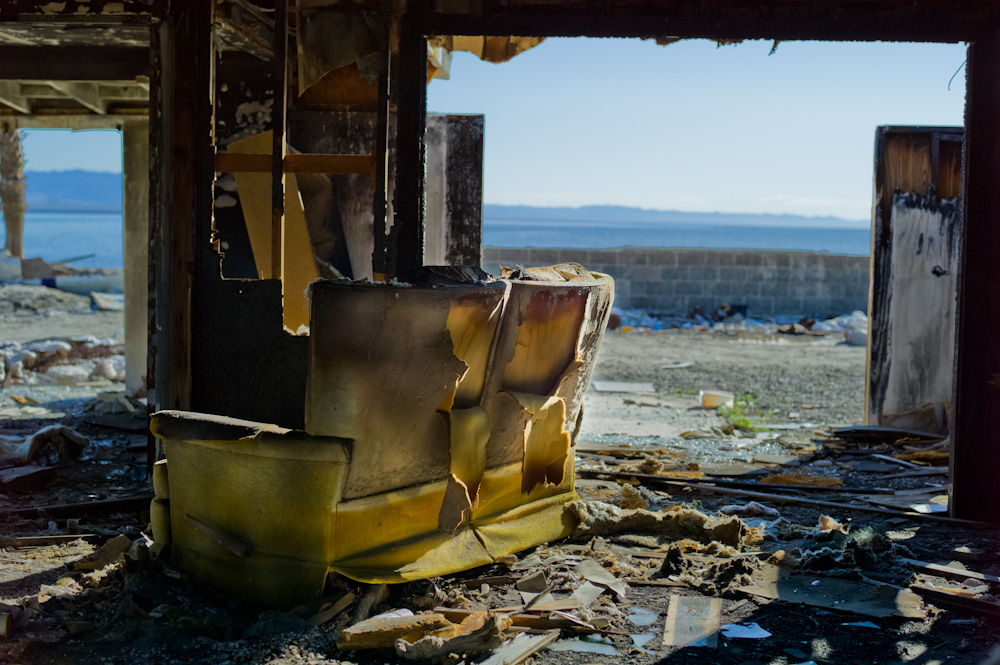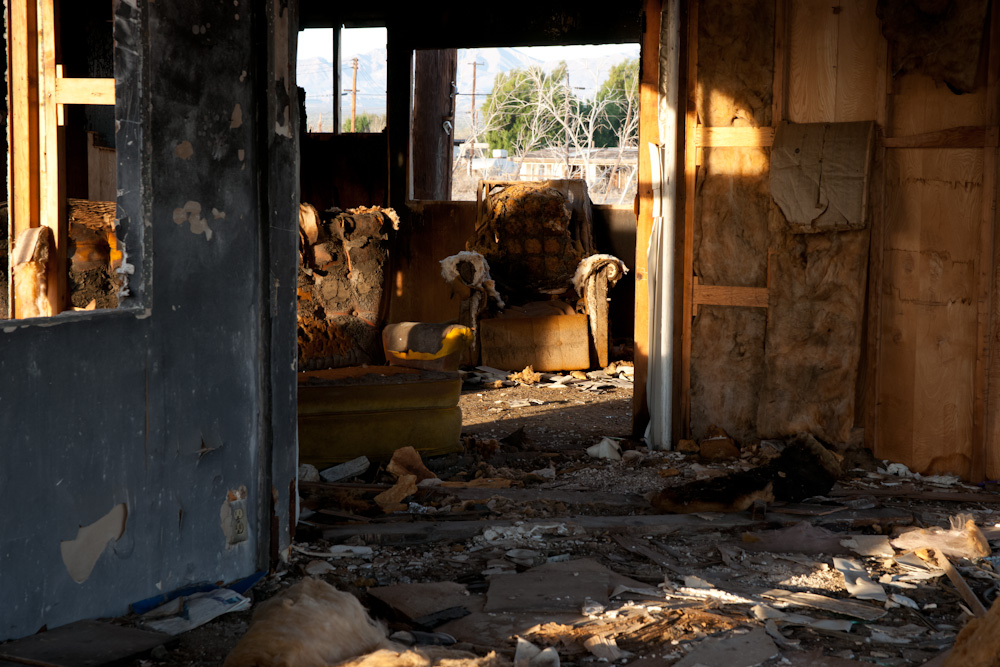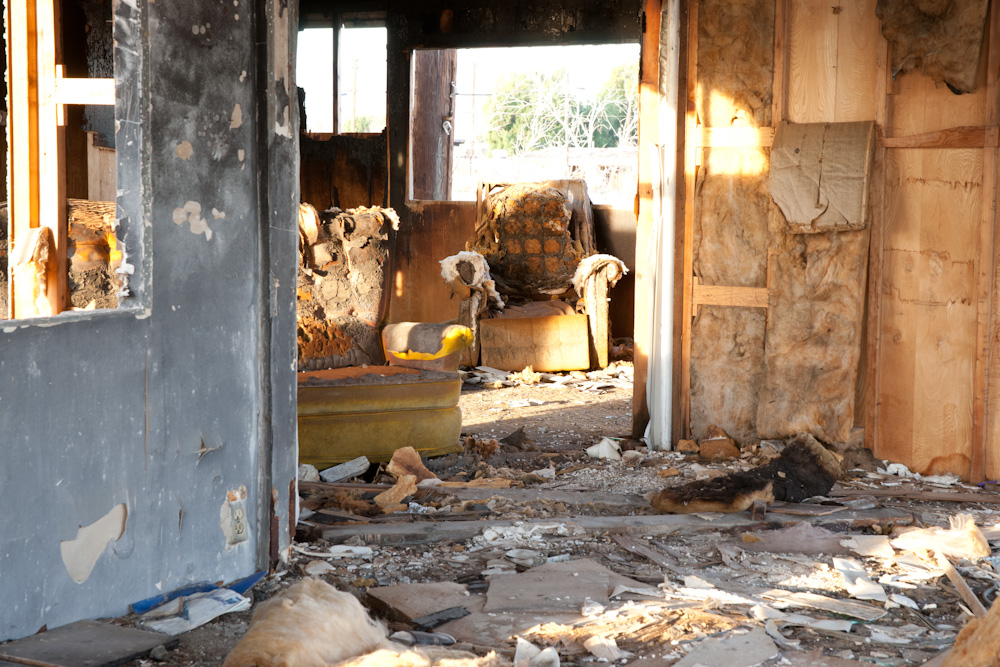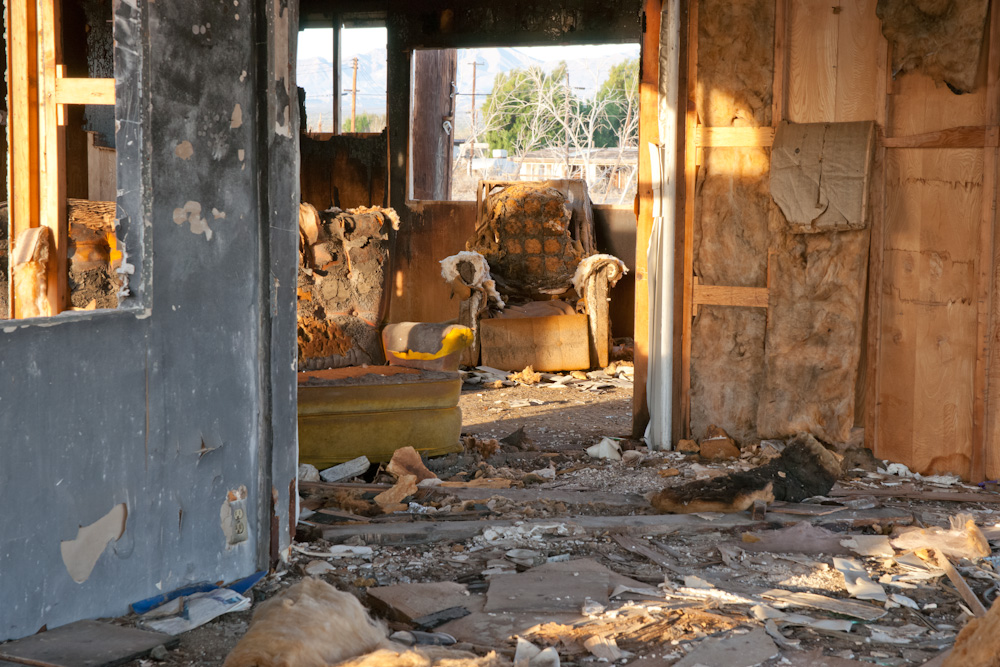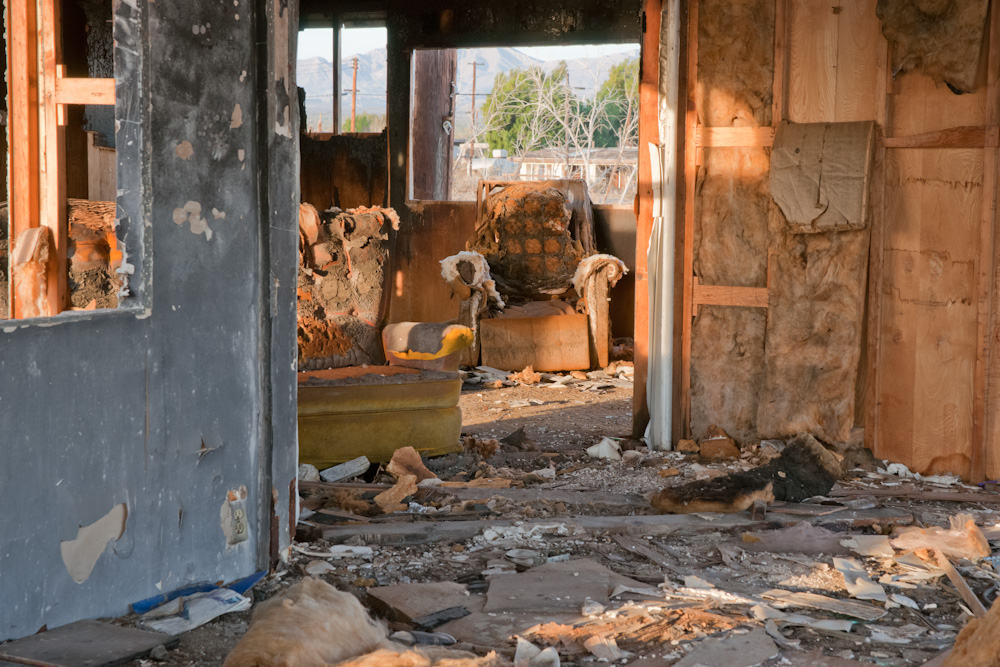Terry
New member
Let me start off....I am not an expert at this and it is not a scientific test. I used the S2 for about three days and made a number of shots in the field and can show what I ended up with. For instance, take this first scene in very bright high contrast light. Three exposures (all at f4.8). First shot, I just took in the whole scene to see how the camera would expose. I then exposed for the sofa to see how blown the sky would be. Third time I exposed for the sky to see how well I could bring up the interior shadows. In the end this was a good test for me to see what information was out there in the shadows.
The fourth and fifth images are virtual copies in LR with adjustments noted.
All hand held
1/500

1/250
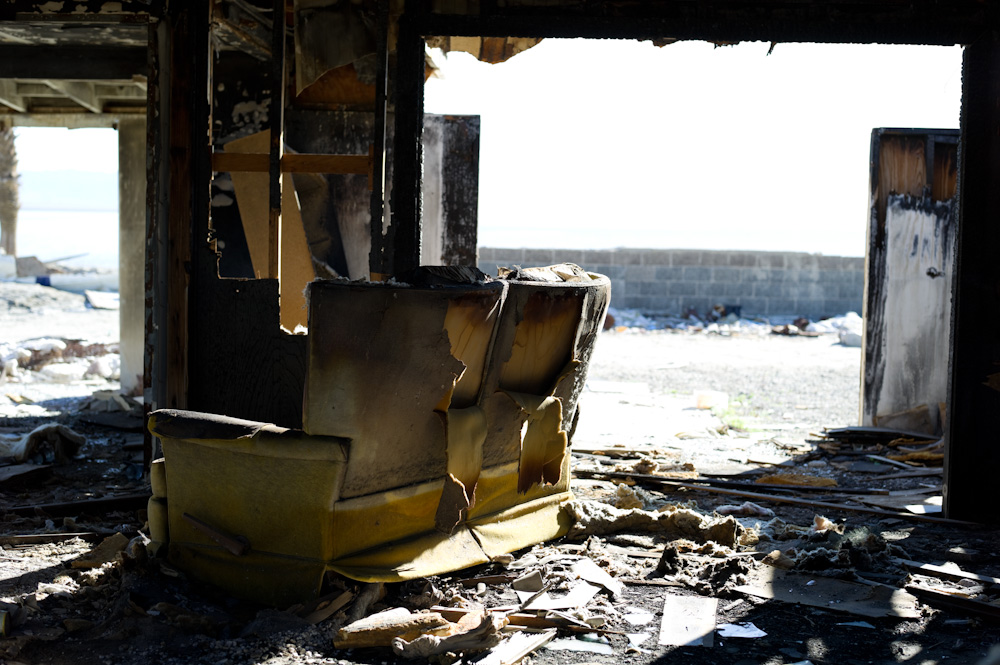
1/1500

1/500 with recovery slider at 100
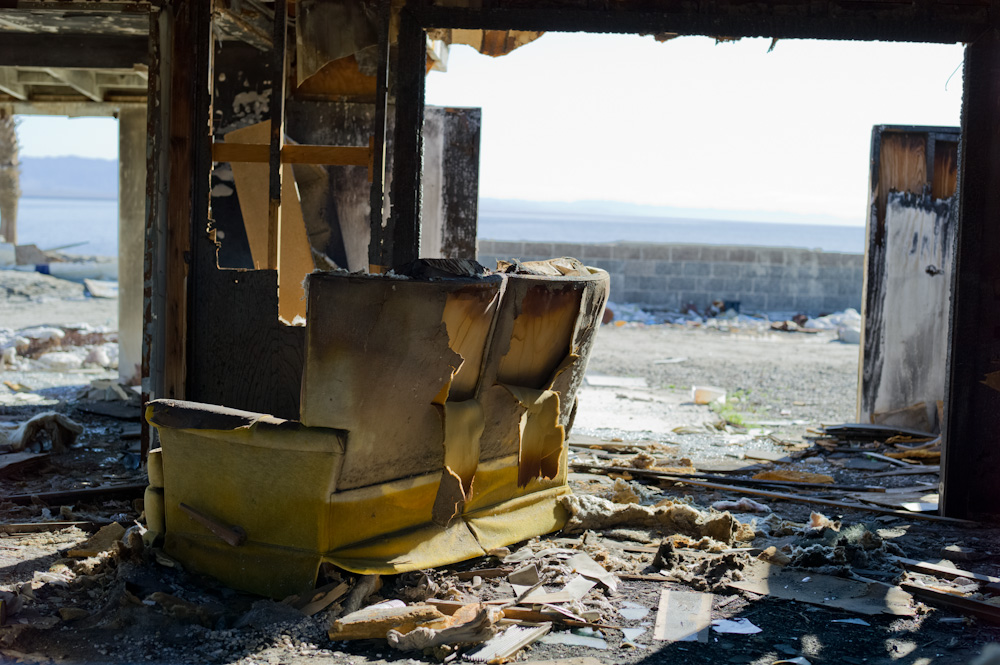
1/1500 with fill light slider at 50

The fourth and fifth images are virtual copies in LR with adjustments noted.
All hand held
1/500

1/250

1/1500

1/500 with recovery slider at 100

1/1500 with fill light slider at 50


